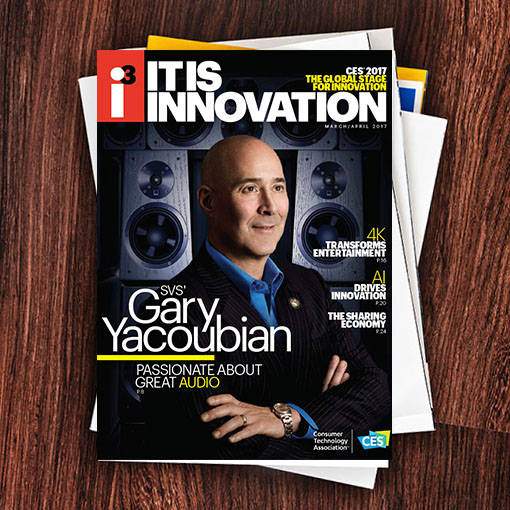The rising demand for smart cities is driven by a series of diverse constraints, challenges and opportunities. However, with 70 percent of the world’s population forecast to live in cities by 2050, the need for sustainable, livable world cities is essential for a prosperous future. Today, Barcelona, Copenhagen, Helsinki, London and Seoul are leading examples of smart cities under development.
The city-state of Singapore aims to be the world’s first “smart nation,” leveraging one of the highest mobile and broadband penetration rates in the world. The centerpiece is a Smart Nation Platform, which brings together data from a nationwide sensor network. Collected data will be fed into an open data platform, as well as a dynamic 3D “Virtual Singapore” model that will allow city planners to test-bed concepts; analyze traffi c and pedestrian flows; and run simulations. Research firm IHS predicts there will be at least 88 smart cities worldwide by 2025, and Asia-Pacific will account for 32 of them.
The benefits of smart cities are manifold, but—almost universally—the starting point for smart city projects is transportation. Why? In most cases, city dwellers’ number one issue is transportation and traffi c congestion. From a policy and funding standpoint it’s a natural fit.
Beyond transportation, the benefits are both direct and indirect such as lower costs and improved resiliency of city operations, greater security, reduced pollution and fostering economic development. Despite these enormous societal benefits, creating smart cities faces challenges and risks that can be summarized as cybersecurity, lack of standards, and governance and budget issues.
To make smart cities a reality, the research recommends planners follow a doctrine centered on four basic tenets: Commitment, Collaboration, Consistency and Community—the four C’s of smart city development. More, these guidelines underpin principles such as ‘maintaining a commitment to entrepreneurial programs’ that are critical to achieving smart city development through delivering innovative urban or public services enabled by technology. In other words, embrace disruptive innovation.
Technologies showcased at CES 2017 like 5G, AI and self-driving vehicles will play a strategic role in enabling smart cities in the years to come.

i3, the flagship magazine from the Consumer Technology Association (CTA)®, focuses on innovation in technology, policy and business as well as the entrepreneurs, industry leaders and startups that grow the consumer technology industry. Subscriptions to i3 are available free to qualified participants in the consumer electronics industry.